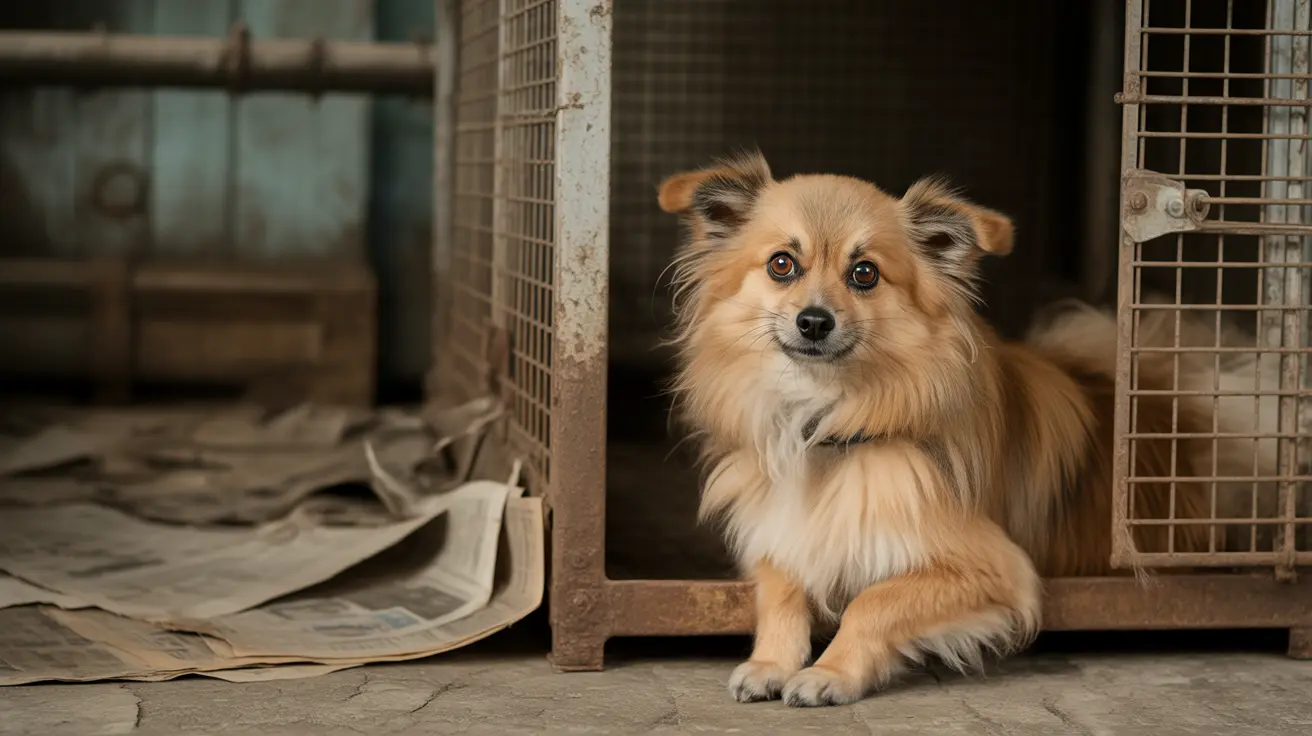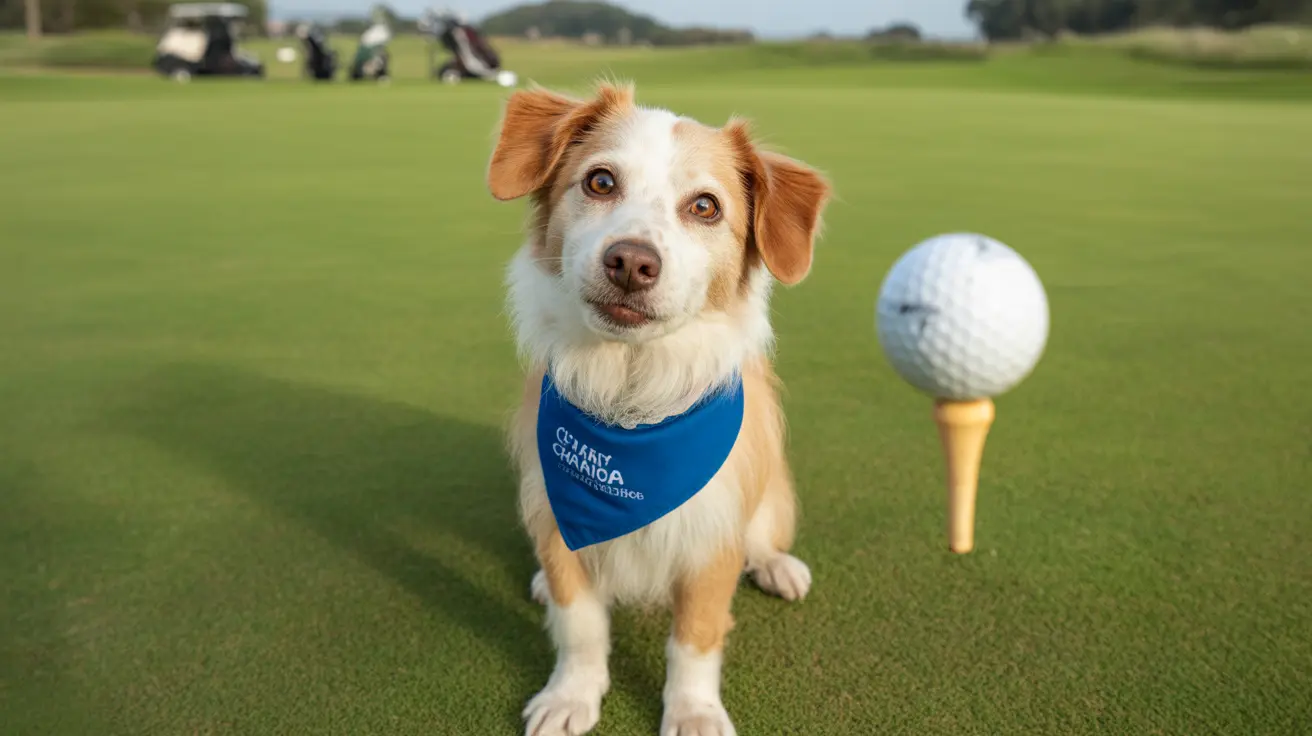Understanding Teacup Dogs: Tiny Size, Big Concerns
What Exactly Are Teacup Dogs?
If you've ever seen a dog so small it could fit in a teacup, you've encountered what's commonly called a teacup dog. These dogs are bred to be much smaller than the standard for their breed, typically weighing under 5 pounds (2.3 kg). The term "teacup" isn't an official label recognized by major kennel clubs; instead, it's a marketing term used to describe exceptionally tiny individuals within already small or toy breeds. You'll also hear them called "pocket dogs," "micro dogs," or simply "tiny dogs."
Which Breeds Are Marketed as Teacups?
There's no single breed that's classified as a teacup. Instead, breeders often use the term for the smallest examples of popular toy and small breeds. Some of the most common breeds sold as teacups include:
- Yorkshire Terrier
- Toy Poodle
- Shih Tzu
- Maltese
- Pomeranian
- Chihuahua
- Bichon Frise
- Pug
- Occasionally Beagle and Dachshund
You'll also find crossbred or "designer" teacups like Pomsky (Pomeranian-Husky), Pomchi (Pomeranian-Chihuahua), and Maltipoo (Maltese-Poodle) being marketed for their ultra-small size.
How Are Teacup Dogs Bred?
The process behind creating these tiny pups involves breeding the smallest dogs in a litter—often called "runts"—together over several generations. Runts are usually smaller because of birth defects or health conditions, so when they're bred together, inherited health problems can become even more pronounced. Some unethical breeders may even underfeed puppies or mothers to stunt growth artificially.
Health Risks Associated with Teacup Dogs
The quest for miniature size comes at a steep price. Teacup dogs face numerous health challenges due to both their genetics and their tiny stature. Common issues include:
- Hypoglycemia: Low blood sugar is frequent; these dogs need regular feeding to avoid weakness or seizures.
- Hydrocephalus: Fluid on the brain can cause neurological symptoms and blindness.
- Liver shunts: Abnormal blood vessels bypassing the liver lead to poor growth and neurological problems.
- Heart disease: Especially degenerative mitral valve disease.
- Collapsing trachea: Causes breathing difficulties and chronic coughing.
- Knee and hip problems: Sliding kneecaps (luxating patella) and Legg-Calvé-Perthes disease result in pain and lameness.
- Brittle bones: Even minor bumps can cause fractures.
- Dental issues: Small jaws mean crowded teeth, retained baby teeth, and dental disease.
- Difficulties regulating body temperature: They're prone to hypothermia even in mildly cool environments.
- Anesthesia and surgery risks: Their tiny size makes dosing tricky; complications are common.
- Trouble with medications: Most treatments aren't labeled for dogs under 5 pounds, making proper dosing difficult.
Their fragility means teacup dogs need constant supervision. A simple fall from furniture or being stepped on can result in serious injury or worse.
Lifespan: How Long Do Teacup Dogs Live?
You might think that smaller means longer life, but that's not always true here. While some teacups may live 9–15 years, many experience chronic health problems that shorten their lives compared to standard-sized members of their breed. Congenital issues often lead to early death or persistent medical needs throughout life.
The Ethics of Breeding Teacup Dogs
The deliberate breeding of such tiny animals raises ethical questions. Veterinary professionals and animal welfare groups generally advise against buying or breeding teacup dogs because of the suffering caused by inherited health problems and fragility. Instead, they encourage potential owners who want a small companion to look for healthy, naturally small dogs from reputable breeders—or better yet, consider adopting from shelters or rescues where many healthy little dogs are waiting for homes without the extra risks associated with intentional miniaturization.
A Quick Recap on Teacup Dogs
- Tiny but not official: Teacups weigh less than 5 pounds but aren't recognized as an official breed or size category.
- Bred for size over health: They're created by breeding runts together, which increases inherited health risks.
- Suffer significant health challenges: From blood sugar crashes to bone fractures, these pups need intensive care and frequent vet visits.
- Caution advised for would-be owners: If you're drawn to small breeds, focus on finding healthy standard-sized companions from responsible sources rather than prioritizing novelty size over welfare.





